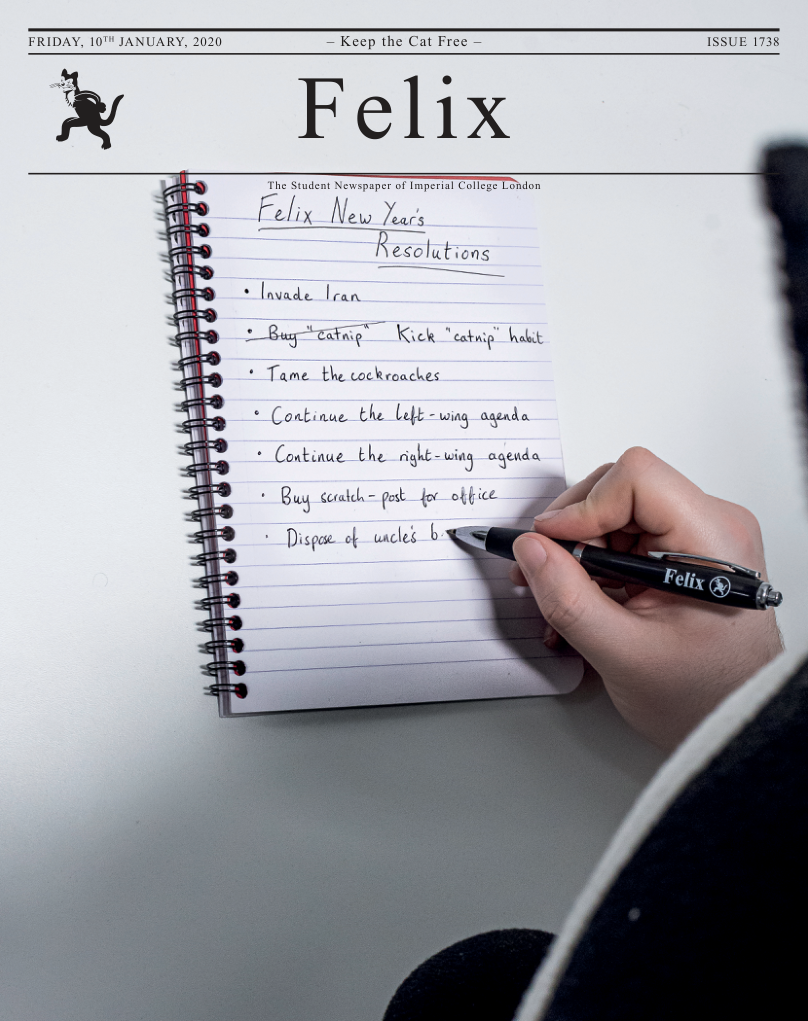After the Collapse of Man Comes… Jellyfish?
Brief but powerful, this exhibition about climate change has the viewer glued all the way through.
4 stars
How art interacts with and depicts the changing climate is pivotal to how we think about climate change. This is the underlying idea of Eco-visionaries running right now at the Royal Academy of Arts. Very much a multimedia exhibition, it features works from DeepMind, AntFarm and Olafur Eliasson (you might have seen his art in your instagram feed following his Tate Modern exhibition earlier this year), just to name a few. At Eco-visionaries you can see everything from video compilations of giraffes dying and ships wrecking; architectural archetypes that aim to attract air pollution or foster dolphins; to a life-sized CGI-rendition of the last male white rhinoceros that ever lived. All of these works are amazing individually, but there’s one that stands out of the crowd as the absolute showstopper. The very last work before you exit the exhibition is a 16-minute long video. You can only enter the room every 16th minute, when the doors open. Inside, the viewers get their own headset and sit down facing a mirror. Thrust into a dystopian narrative, you leave the room fully believing that jellyfish are going to take over the world. The film is made by Rimini Protokoll, a group of three German artists situated in Berlin. Normally working with theatre, this interactive experience is surprisingly smoothly executed and is, like many theatres, dependent on audience participation. The narrative voice inside your headphones will suddenly ask you to do slightly ridiculous and uncomfortable things, but please bare with it as it makes it more fun for everyone else.
The narrative of the exhibition is clearly portrayed in the art space itself. There’s a little introduction-pathway that leads you into the exhibition and summarises the interface between climate change and art and signs hung up around the exhibition invites the visitor to think about the art in a certain way.
As a whole, it works, but unfortunately, it also isn’t enough. There are two recurring themes; video installations and architectural prototypes. You’d think that in today’s world with climate marches left and right, there’d be more variety of art to exhibit in a place like this. The stuff that is good is EXCELLENT, but there isn’t that much to see. Walking out past a bunch of kindergarteners’ climate action posters, you’re left with a craving for more. Maybe if the curators had more time, they could have found more artists. Perhaps this sense of urgency is the best climate change analogy this exhibition has to offer.







